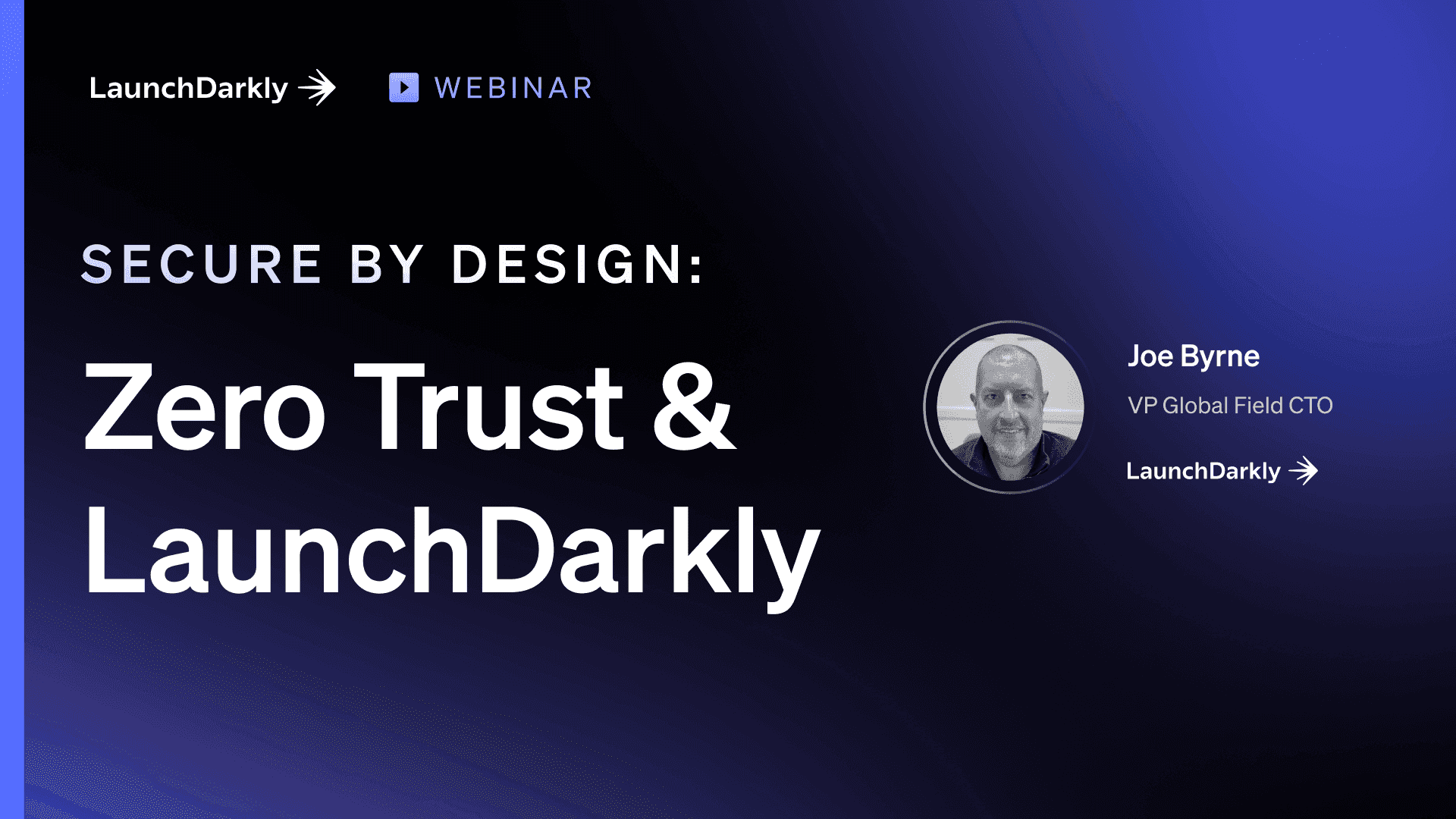
Fill the form to unlock webinars
By submitting this form, I authorize LaunchDarkly to contact me with personalized marketing communications about our products and services. See our Privacy Policy for more details, or Opt-Out at any time
EMEA Technical Workshop on Progressive Delivery
This webinar will enable you to release faster, more safely and reduce the blast radius of releases.
Progressive Delivery acts as a risk-mitigating agent by controlling the audience that is exposed to each new change in your application. This control makes you feel safe when shipping code, in turn, giving you the freedom to deploy faster.
The importance of Progressive Delivery also comes into view when you consider the shift to microservices and global distribution. Increasingly, teams want to isolate changes and control the population impacted by those changes.
At its most basic, a feature flag is a control point, or if-then statement, you add to your code. These control points are quite powerful in that they separate deployments from releases. In other words, they let you deploy a new feature to your production environment without releasing it to users.
Among other things, this allows you to safely test new features in production and turn off problematic features without having to redeploy your entire application. Attaching flags to every new feature enables you to deliver faster, iterate more extensively, and virtually eliminate risk when shipping code. At least in theory.

Jessica Cregg

Stephen Crowley
Webinars
See allSign up for our newsletter
Get tips and best practices on feature management, developing great AI apps, running smart experiments, and more.










